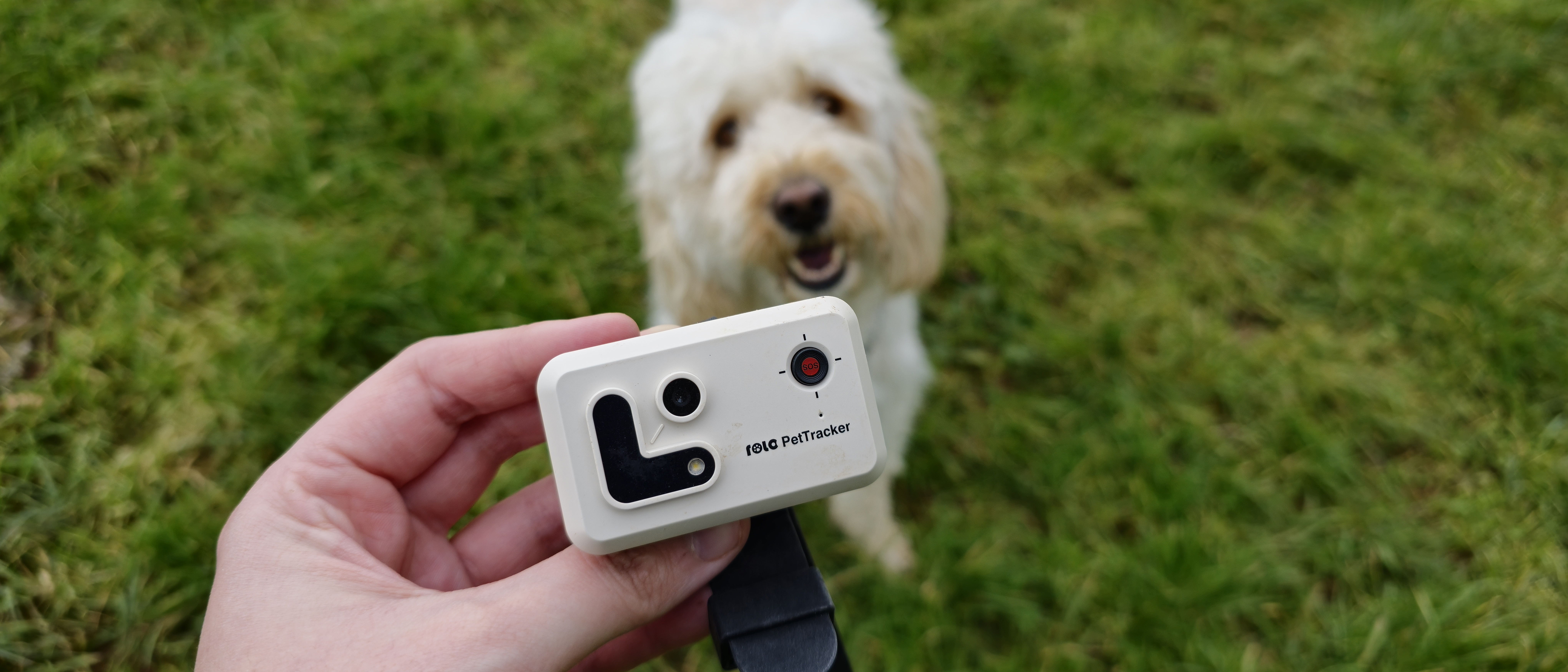Nikon D5300 vs D5600: Which camera should you buy?
How do Nikon’s consumer-level D5300 and D5600 compare with one another? We take a look at both and examine their credentials
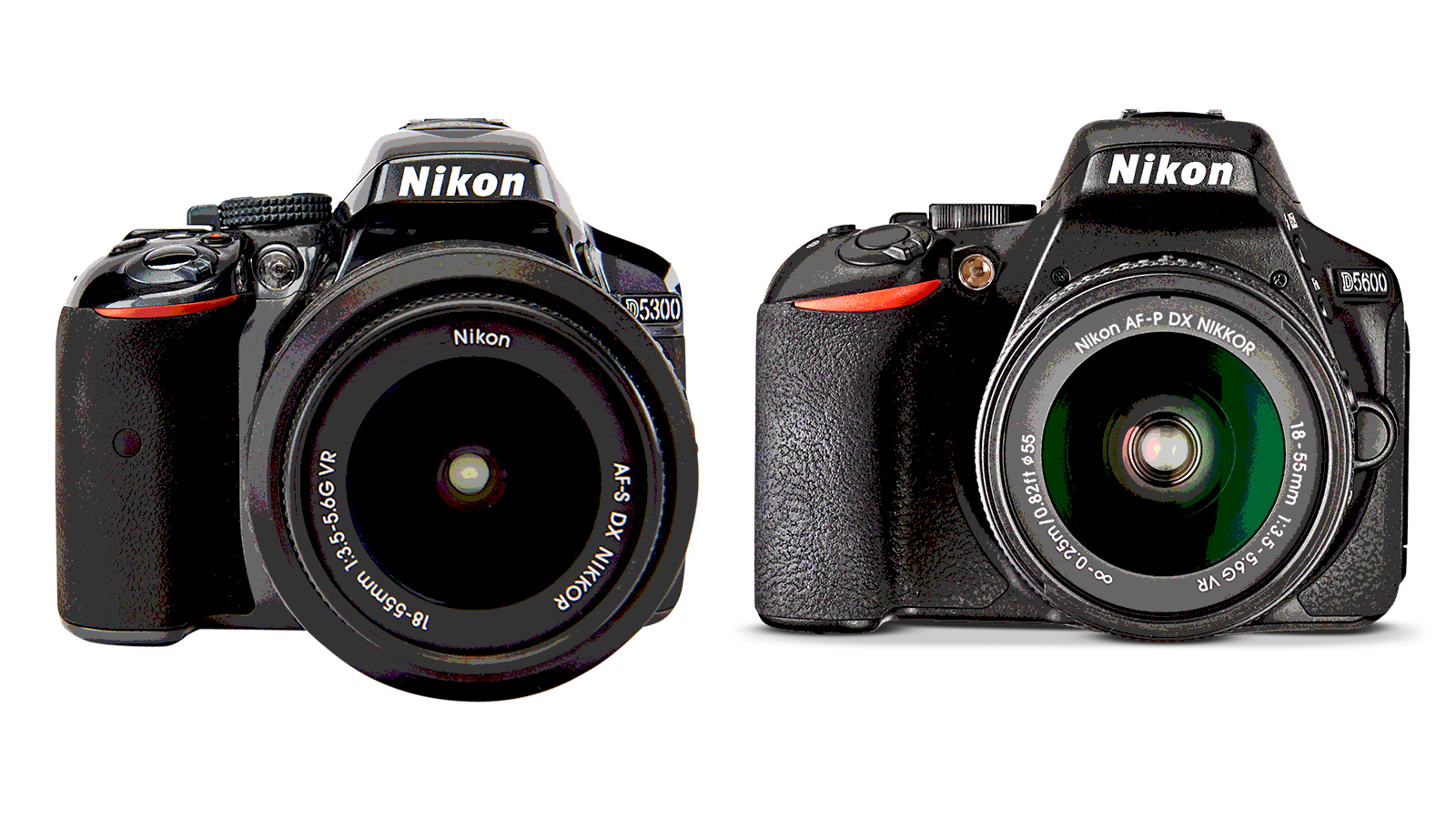
If you’re looking at budget-friendly, entry-level DSLRs, then both the Nikon D5300 and Nikon D5600 are worthy of investigation. Being consumer-priced DSLRs, both feature an integral APS-C sensor and are aimed at inspiring photographers – particularly those who have gotten hooked on smartphone photography and are now looking for a dedicated photographic device.
As one would expect from looking at their models numbers, the D5300 is an earlier issue than the D5600, which is its upgrade, coming after the D5500 (there was no D5400).
This means you should be able to find some very favourable deals on the D5300, while the D5600 inevitably features some subtle tweaks and enhancements over its predecessor. But is there enough difference between them to conclusively justify the purchase of one over the other, or are these both very much DSLR twins?
Let's find out.
Sensor and processor
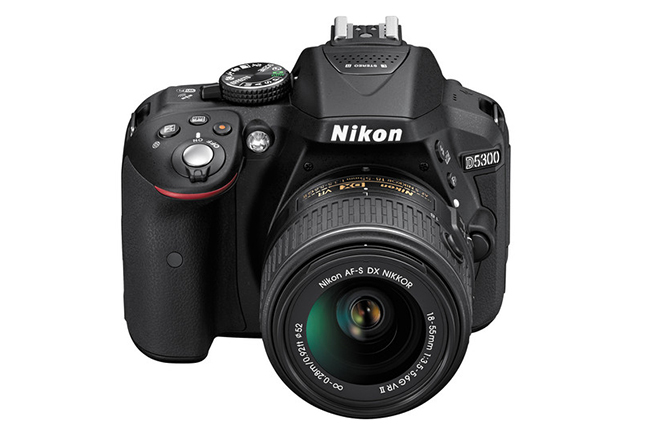
- Nikon D5300: 24.78 million pixels – APS-C – 23.5x15.6mm – CMOS sensor – EXPEED 4 processor
- Nikon D5600: 24.78 million pixels – APS-C – 23.5x15.6mm – CMOS sensor – EXPEED 4 processor
The Nikon D5300 incorporates a 24.78MP APS-C sensor, known as the ‘DX format’ in Nikon’s own terms, and an EXPEED 4 processor, which was new at the time of its release, but has now been superseded.
Said chip delivers an effective resolution of 24.2MP, which is top whack for this physical size of sensor. Like many current Nikon DSLRs, the D5300 omits a low-pass filter, offering the potential to capture more detail, albeit with the risk of moiré patterning. That said, the risk is a particularly low one here.
The D5600 features the exact same pixel count and the same APS-C Nikon DX-format sensor as the D5300. That was also the case with its D55000 predecessor. This is married to an EXPEED 4 image processor, so one would assume a nigh-identical performance from both these DSLRs, even at higher ISO settings.
Speaking of which, on this camera native ISO sensitivity ranges from ISO 100 to ISO 25,600, which is a modest improvement over the D5300’s native ISO 100 to ISO 12,800 sensitivity range. Again, the D5600 omits a low-pass filter to eke out a little more detail from subjects.
Video performance
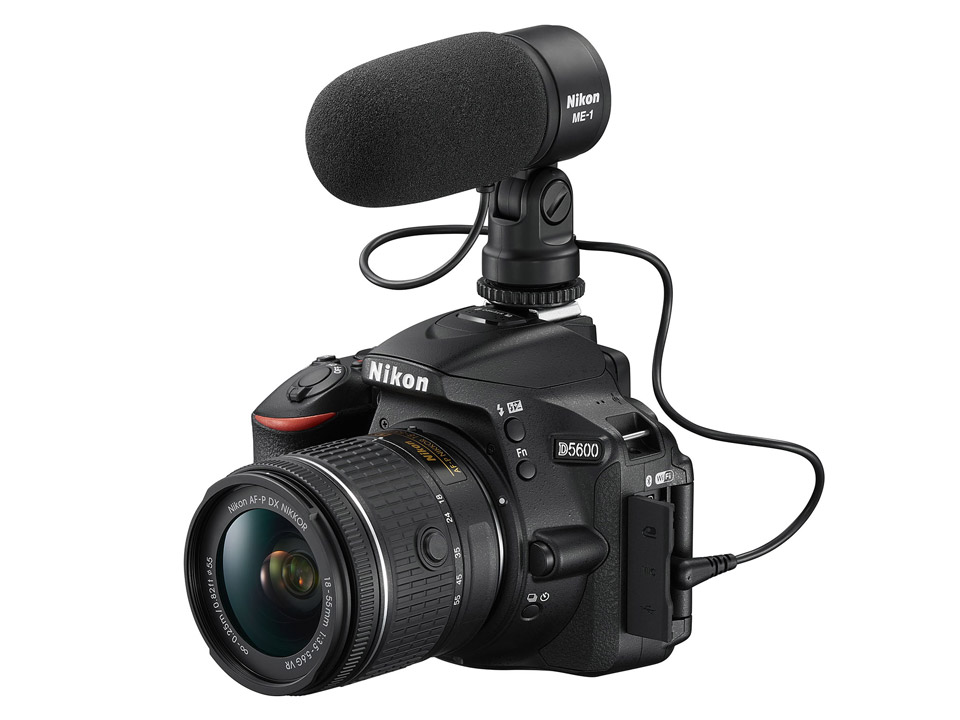
- Nikon D5300: Full HD clips at frame rates up to 59.94fps
- Nikon D5600: Full HD 1920x1080p at up to 59.94fps
As this is a budget model from 2014 we get Full HD video on board the Nikon D5300 and should be thankful for that, especially as this is at a respectably smooth frame rate up to 59.94fps, which expands on the specification of previous models.
In Live View Mode we get the option of continuous autofocus, keeping subjects sharp no matter where they are in the frame. We also get the luxury of being able to add an external microphone to improve the audio of video clips if so desired, though a stereo microphone is actually built into the camera body. In video mode, ISO 100-12,800 is the selectable light sensitivity.
On the Nikon D5600 we again get Full HD video clips at up to 59.94fps maximum frame rate, with continuous auto focus deployed when in Live View recording mode in order to keep up with moving subjects.
We also get a time-lapse video mode on this model, a featured inherited from DSLRs higher up the Nikon range. Once again there’s the choice of using the built-in microphone or an optional external stereo mic, in this case Nikon’s ME-1 unit.
So while neither model features 4K shooting – which may disappoint some – its omission is not wholly unexpected, as far fewer DSLRs currently offer that level of spec when compared with a CSC.
Burst shooting mode (fps)
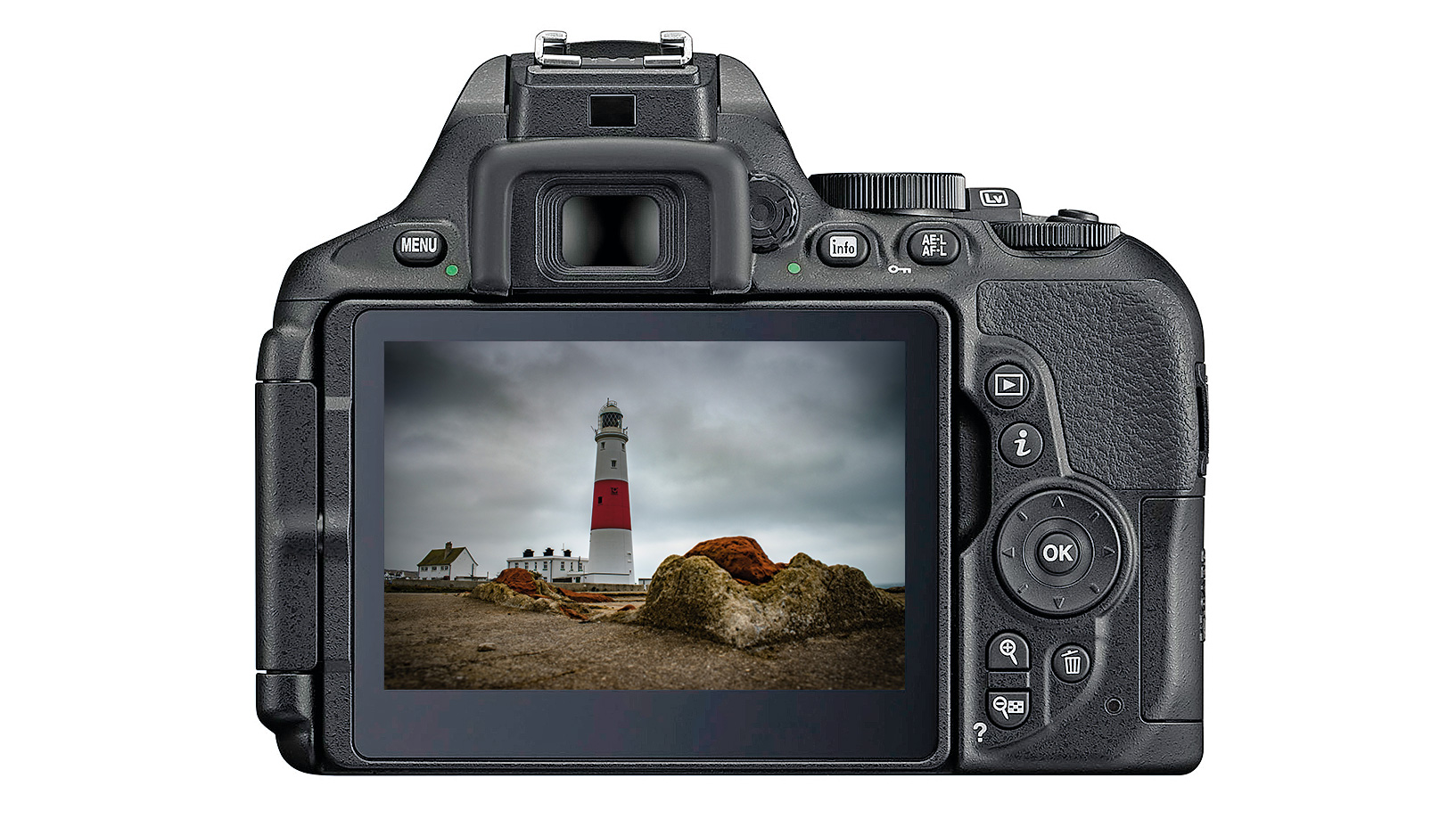
- Nikon D5300: Up to 5fps
- Nikon D5600: Up to 5fps
As this is a consumer level DSLR, it’s no surprise to find that the D5300’s maximum frame rate is 5fps for the capture of JPEG and RAW files, which is pretty much standard issue for its class.
The same 5fps continuous frame rate is offered by the Nikon D5600; again this is respectable for a digital SLR in its price bracket, and betters the modest 3fps option that most starter DSLRs typically come with.
Yes, we could get more at this price point if opting for a mirrorless compact system camera instead, but as we note, for a DSLR in its class this level of performance is just fine for occasional action shooting and/or wildlife photography.
Autofocus system
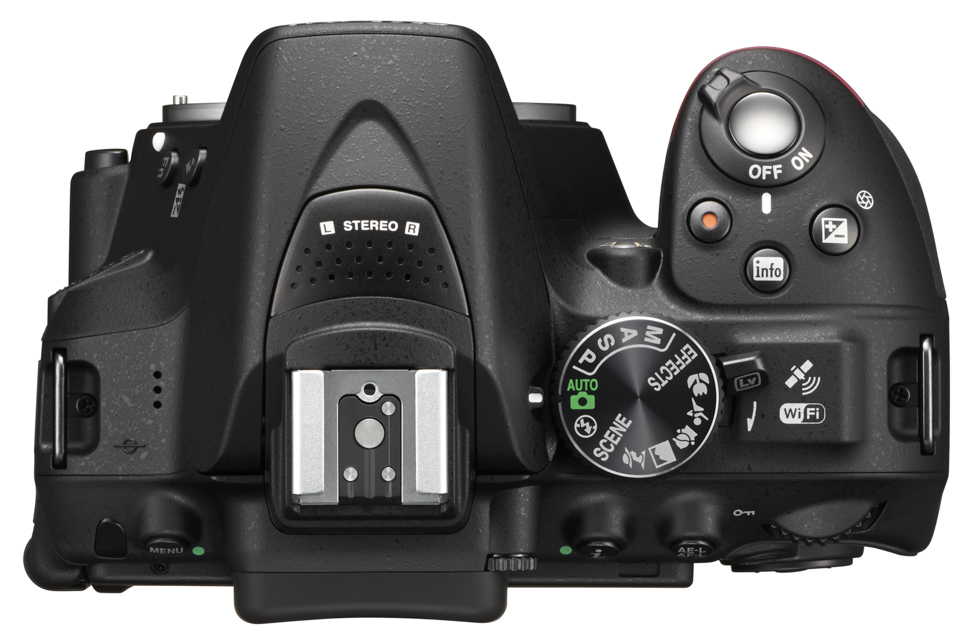
- Nikon D5300: Multi-CAM 4800DX autofocus sensor module with TTL phase detection and 39 focus points
- Nikon D5600: Multi-CAM 4800DX autofocus sensor module with TTL phase detection and 39 focus points
For an entry level DSLR, an AF system boasting 39 focus points, of which nine are cross type, is pretty respectable stuff. Either 11 or 39 focus points can be selected. This is aided and abetted by an AF illuminator.
Even when just utilising the kit lens the camera impresses, zeroing in quickly on subjects and rendering them sharply in daylight conditions. In dimmer scenarios, the camera is unsurprisingly a little slower but again this is to be expected and can be improved by adding a lens with a larger aperture.
Again, when it comes to the AF system, these two cameras are again clearly peas in the same pod, with the D5600 offering up identical specification, with the same amount of focus points delivered, all of which are once again selectable.
It’s perhaps fair enough that the later camera hasn’t deviated from the earlier model’s system when Nikon’s 39-point Multi-CAM 4800DX system is already well proven, even if it is now looking a bit long in the tooth when compared with compact mirrorless rivals.
On a positive note, both single and continuous AF modes are accurate and swift – which is exactly what you’d want them to be.
Viewfinder/LCD
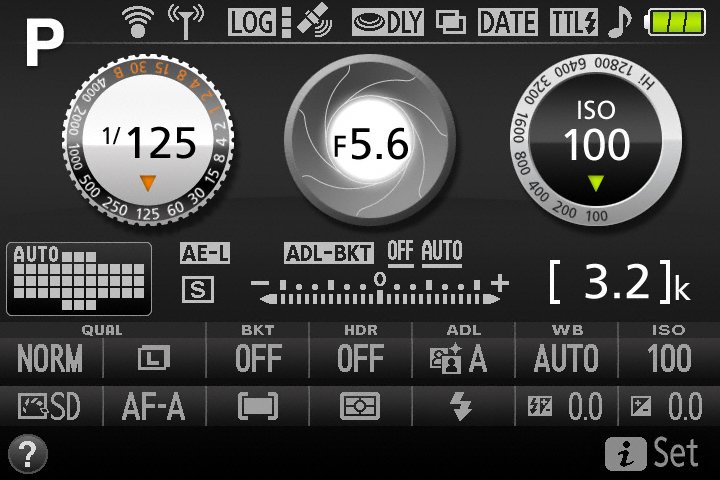
- Nikon D5300: Eye-level pentaprism single-lens reflex viewfinder – 0.82x magnification – 95% frame coverage – tilting 3.2-inch LCD – 1,037K dot resolution
- Nikon D5600: Eye level pentamirror single lens reflex viewfinder – 0.82x magnification – 95% frame coverage – tilting 3.2-inch touchscreen LCD – 1,037K dot resolution
The D5300’s viewfinder offers approximately 95% frame coverage, which is par for the course, with 0.82x magnification and dioptric adjustment. The same specification again graces the Nikon D5600, while the similarities continue over to the LCD screen too.
On both DSLRs the screen size is 3.2 inches and offers a 1037K-dot resolution, which is an increase on the previous generation. Both models offer a vari-angle screen, in that it can be rotated and flipped to face the subject if required.
Fortunately on the D5300 we can use the rear plate LCD to check manual focusing when the camera is placed in Live View mode, and the camera copes well, even when the screen is viewed in brighter light. And because the screen is articulating, this positively encourages use of Live View mode as a further compositional option.
On the D5600 we also get a 170° viewing angle and touch screen control. Being a touchscreen, just like with a mirrorless camera it can even be tapped to direct the camera to the subject you wish it to focus on, which certainly aids usage in Live View mode. In playback mode, you can also pinch and flick on an image to zoom in, which again makes for intuitive use.
Those trading up from a smartphone to a digital SLR for the first time may therefore find the D5600 is an easier gateway into DSLR photography; in viewfinder mode the command and multi-selector controls also make it simpler to change settings when shooting.
Otherwise, photographers can make use of the camera’s touchscreen functionality to swap settings; simply tap the ‘i’ icon on the display then tap through to the option desired.
Build and design
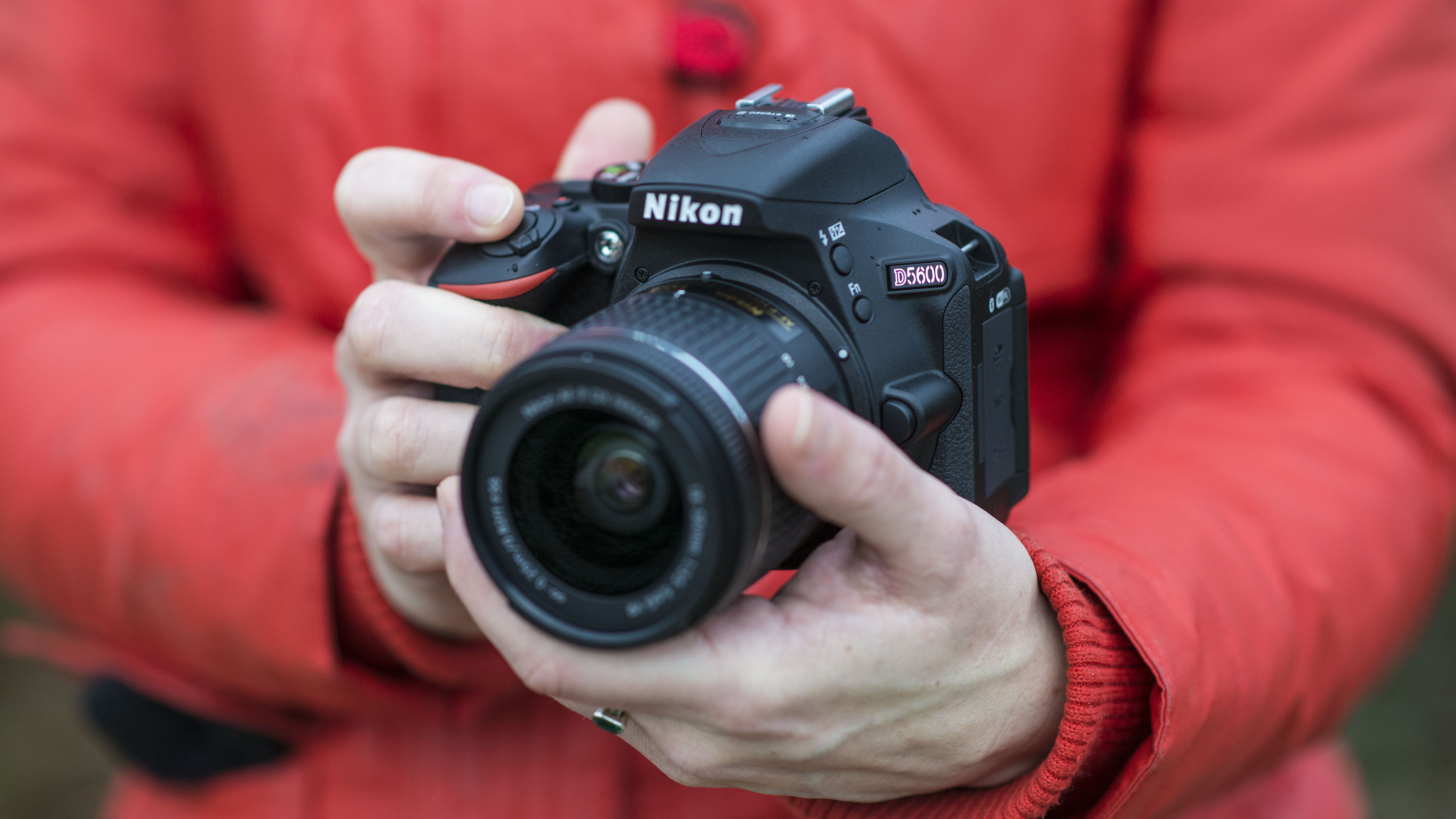
- Nikon D5300: Magnesium alloy chassis, capable of operating in temperatures between 0°C and 40°C
- Nikon D5600: Carbon-fibre composite construction, capable of operating in temperatures between 0°C and 40°C
With a polycarbonate construction, the D5300 weighs 530g with battery and card inserted or 480g without. It features a ‘monocoque’ build, which is to say it’s been fashioned from a single piece of material.
While not exactly tank-like when compared with pro models further up Nikon’s range, it does feel firm and robust when held in the palm.
The D5600 is marginally lighter in comparison, weighing 465g with battery and memory card inserted or 415g for the camera body only. Again the D5600 features a ‘monocoque’ build and here a polycarbonate construction which is both strong yet, as we’ve established, relatively lightweight.
In this respect the D5600 is also identical to its immediate forebear in the D5500. It features a well-proportioned handgrip that means it fits snugly and comfortably in the palm. As with the D5300, the camera doesn’t feel overly cluttered with buttons either – thus making for straightforward operation.
Other features
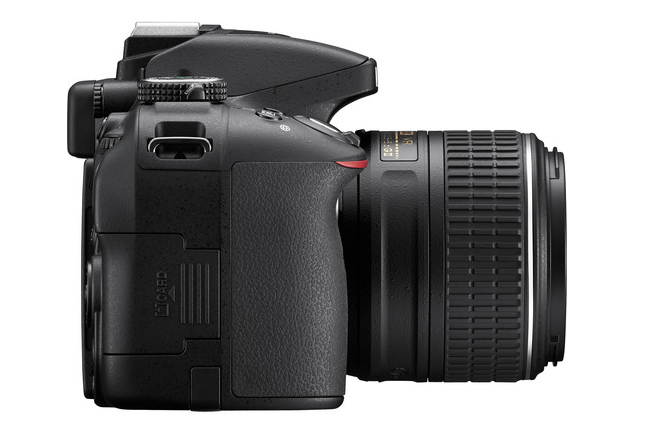
Despite being ‘just’ a budget model, the Nikon D5300 features both Wi-Fi and GPS; the former helping connect the camera to a smart device and the latter adding location info to shots.
Nikon’s ViewNX 2 software can be utilised for the creation of travel maps, which can be displayed on the Nikon Image Space website or any other social network or social media site supporting GPS.
On the D5600 we get a marginally improved light sensitivity range stretching from ISO 100 to 25,600 as mentioned earlier, along with Bluetooth connectivity, which ties win with Nikon’s SnapBridge connectivity option and free app.
Oddly though, we don’t get GPS on this model; that’s one feature of the D5300 that hasn’t carried over to this later generation.
Battery life
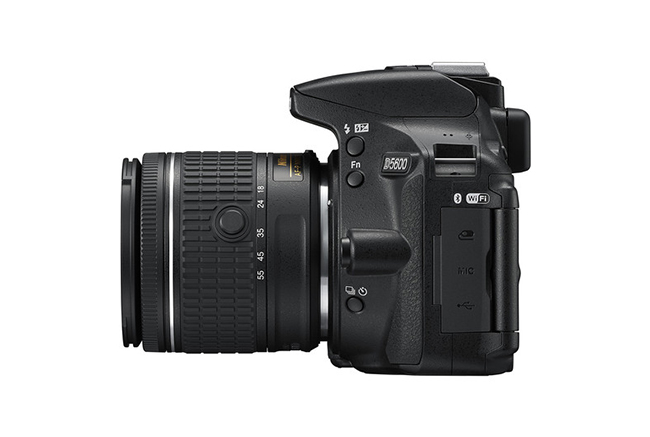
- Nikon D5300: Up to 600 frames per charge of its lithium-ion EN-EL14a battery
- Nikon D5600: Up to 820 frames per charge of its lithium-ion EN-EL14a battery
The D5300 comes supplied with an EN-EL14a rechargeable lithium-ion battery out of the box, providing around 600 shots from a full charge, which, while being nothing special compared with DSLRs higher up the range offering twice the amount of juice, nevertheless is roughly twice the picture count provided by the alternative of a mirrorless compact system camera.
The D5600 uses the same identical battery as the D5300; but performance seems to have leapt ahead, as the camera can deliver around 820 shots from a full charge. Again, as we note, this is much better than we’d get from a competing mirrorless model at this price point.
We’ve all had that feeling of powerlessness when running out of juice just when that possible shot of a lifetime presented itself, so having a couple of hundred additional captures to play with is nothing to be sniffed at.
Verdict

As we can conclude from the above, the D5300 and D5600 are very much models from the same mould when it comes to features, specification and performance.
The layout of each is clear and straightforward enough that first-time digital SLR users will be quickly getting to grips with their functions.
There are subtle differences that might tip you in favour of the D5600 rather than the D5300, such as the D5600 being marginally lighter, offering a better power performance plus its touchscreen LCD feature.
But in truth, as the core features such as sensor and processor are identical, we’re not seeing a clean cut reason why one is better than the other, other than the D5600 being newer with it.
In conclusion, while neither is particularly revolutionary nor groundbreaking, both the Nikon D5300 and Nikon D5600 are very capable entry-level to mid-level DSLRs and should last you years of service… until you upgrade to a semi-pro or pro DSLR.
More buying guides
• The best Nikon lenses
Get the Digital Camera World Newsletter
The best camera deals, reviews, product advice, and unmissable photography news, direct to your inbox!
Gavin has over 30 years’ experience of writing about photography and television. He is currently the editor of British Photographic Industry News, and previously served as editor of Which Digital Camera and deputy editor of Total Digital Photography.
He has also written for a wide range of publications including T3, BBC Focus, Empire, NME, Radio Times, MacWorld, Computer Active, What Digital Camera and the Rough Guide books.
With his wealth of knowledge, Gavin is well placed to recognize great camera deals and recommend the best products in Digital Camera World’s buying guides. He also writes on a number of specialist subjects including binoculars and monoculars, spotting scopes, microscopes, trail cameras, action cameras, body cameras, filters and cameras straps.

